3.3 Quickstart: Developer
Tutorial Outcome
At the completion of this tutorial, you will know how to:
Open a Project
Create a Task
Add a Component
Add a Component Variable
Add a Component Collection
Use the Component Editor
Tag your Components
These comprise the basics required to get started as a developer.
Before You Start
Before you start this tutorial, it is recommended that you familiarise yourself with the developer concepts. Projects, Tasks, and Components are particularly relevant.
Quickstart
1. Open a Project
Open a Project to get started.
If you only have access to one Project this step isn’t applicable.
User Journey – Opening a Project
See the3.3 Opening a Project user journey for more information.
2. Create a Task
Before you can create Components, you’ll need to create a Task for them.
If a Task already exists you can select it either from the Task Dropdown or from the Task Dashboard.
User Journey – Creating a Task
See the 3.3 Creating a Task user journey for more information.
3. Add a Component
Add a Component so you can start defining content in code.
User Journey – Adding a Component
See the 3.3 Adding a Component user journey for more information.
4. Add a Variable
Add Variables so that content editors can insert Content Items into your Component.
User Journey – Adding a Variable
See the 3.3 Adding a Component Variable user journey for more information.
5. Add a Collection
Add a Collection to make a section of the Component repeatable for content editors.
User Journey – Adding a Collection
See the 3.3 Adding a Component Collection user journey for more information.
6. Add Multiple Collection Variables
See how multiple Variables are added to a Collection.
User Journey – Adding Multiple Collection Variables
See the 3.3 Adding a Collection With Multiple Variables user journey for more information.
7. Explore the Component Editor
Become more familiar with the different tools available in the Component Editor.
User Journey – Using the Component Editor
See the 3.3 Using the Component Editor user journey for more information.
8. Tag Your Components
Tag your Components so that they’re easier to find in future.
User Journey – Tagging a Component
See the 3.3 Tagging a Component user journey for more information.
Further Reading
More on Components
In this short tutorial, you’ve learned the basics of how to create and edit Components.
See the Component concept to learn more about what Components are in Forrit One.
See the Component user journeys for more information on how to create and edit Components and Component Templates.
Other Topics
See all developer user journeys for information about how to carry out other developer tasks, including:
Adding Picklists
Give content editors a selection of values to choose from when editing a Content Item.
See also the Picklist concept.
Adding Locales
Add Locales to a Project so that content editors can create different sets of Content Items that may be used when Pages are retrieved.
These sets of Content Items usually differ from each other based on a locale’s language or culture, and the set that is retrieved for a Page using the SDK at any one time should be based on runtime locale information.
At least one Locale must be added before content editors can edit Pages.
See also the Locale concept.
Adding Variants
A Variant is similar to a Locale in that it allows content editors to create different sets of Content Items that may be used when Pages are retrieved.
However, while Locales are intended to provide locale-based sets of Content Items, Variants are intended to provide different sets of Content Items on any basis.
See also the Variant concept.
Adding Data Feed Definitions
Add Data Feed Definitions so that content editors can create custom, structured content with Data Feed Items. These items can then be pulled down with the SDK and directly used in Consumer Applications – they cannot be used in Pages or elsewhere in the CMS itself.
See also the Data Feed concept.
Adding Routings in the Routing Manager
The Routing Manager can be used to add routings that can be used by Consumer Applications, such as external redirects and rewrites.
See also the Routing Manager concept.
Using the SDK
Learn how to use the SDK to retrieve and use Forrit One content.
